Shimano shoes- but not as we know them
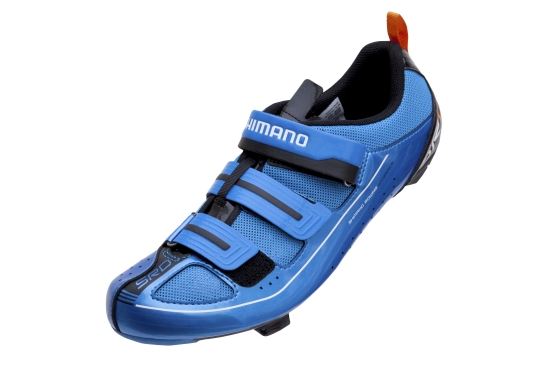
While we have long known about Shimano’s strong fishing reel business, it was only recently that the company’s expansion into rowing came to our attention. Unsurprisingly building on Shimano’s clipless pedal and cycling shoe experience, the SRD (Shimano Rowing Dynamics) system is at once familiar and strange, with its own aesthetics and terminology (kind of like road bikes).
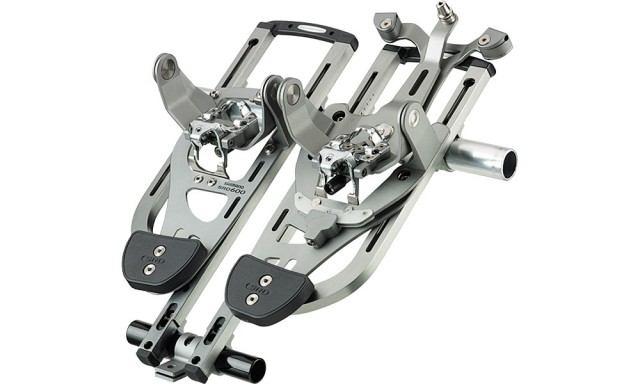
In rowing, the “Stretcher” is analogous to bicycle pedals. The platforms (and SPD-esque retention mechanism) are allowed to swing about a “Virtual Pivot” axis that runs through the rower’s foot. Rather than a twisting to release, the mechanism is designed to let go on heel lift: a major improvement in a sport where shoes are often fixed to the vehicle.
Not everyone gets to steer, but for those who do, a steering mechanism is located under the right foot. An adjustable-force centering mechanism allows the neutral rudder position to be held easily or found by feel.
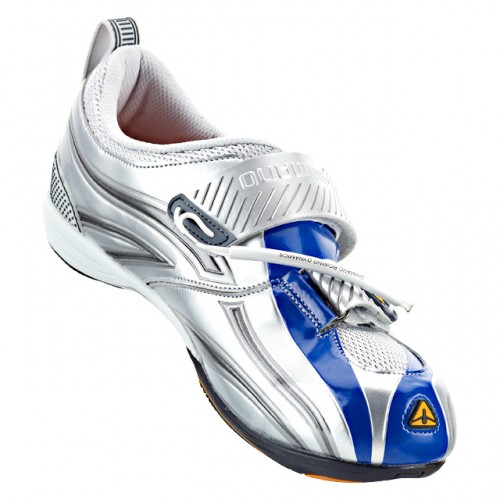
As with cycling, stiff soles allow the rower to translate as much force as possible into forward movement. Shimano’s “toes up” is used here as well to make the most of every piggy’s contribution. The rowing shoe range has clear cousins on the cycling side, with models looking very much like their road and indoor cycling (Spin) counterparts. One notable addition is the grab handle that releases both straps simultaneously- no doubt a nice feature to have in an overturned boat. Treads are designed for slippery docks rather than slippery rocks.
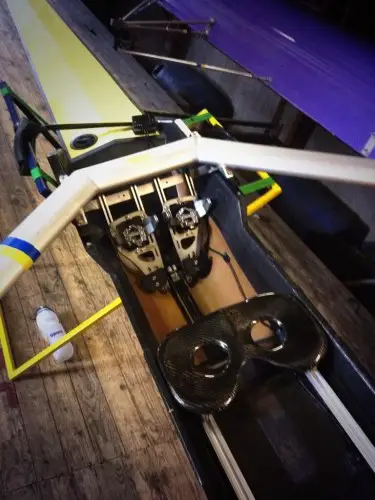
Must be a German boat.
Ultimately, we just thought that Shimano’s foray into another world was interesting. While the cycling influence on rowing product is clear, perhaps our side will see benefits in terms of quick-drying or anti-odour materials? Or maybe just knowing that our baseline isn’t sharing shoes is enough:
Not only is SRD safer than conventional systems, it is far more hygienic. Each rower can have their own individually fitted shoes which easily clip in and out of each of the SRD Foot Stretcher. Other than rowing, in what sport must an athlete share his/her shoes with another athlete?
Eew…
Comments (8)
Leave Reply
Post Comment
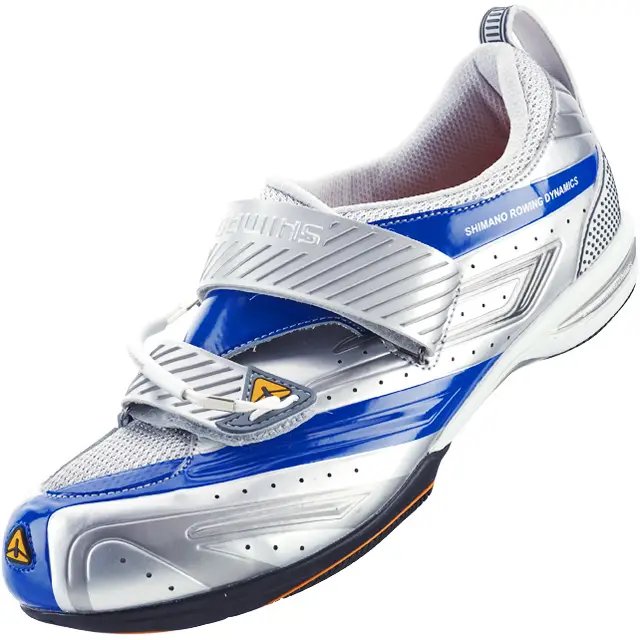
Anti-odoar surely?
“Other than rowing, in what sport must an athlete share his/her shoes with another athlete?”
Bowling
Poker. Or any card game.
Strange article on a cycling mag website.
Rowing shoes get a regular soakings and other than at the height of summer, rarely dry completely so tend to be pretty musty anyway and sharing with someone else isn’t really much of an issue.
Also, rowing shoes are pretty efficient at transferring power as there’s no real padding and they’re directly connected to the boat.
That said, I always liked the idea of having your own shoes to ensure you get a good fit but these prices are silly which means it’s unlikely that you’ll see them in many boats other than a few single sculls which tend to be privately owned .
also won’t be much cop if, like often happens with changable river conditions and a fixed dock, I have to paddle out through 6inches of water before i can get into the boat…
“As with cycling, stiff soles allow the rower to translate as much force as possible into forward movement.”
If you’re going forward rowing a boat you’re doing it wrong.
Interesting concept, as a rower there are a couple of opposing themes here. It is the norm for shoes to be fixed to the footplate in rowing boats, the footplate is what you push against to pull the oar ( and 80% of power comes from the legs).
A stiff light strong footplate is important.
In most clubs boats are used by many different crews so folk with different sized shoes feet need accommodating. Larger shoes work to a point but often ladies can’t effectively use men’s shoes and vice versa. There are some adjustable shoes now on the market but they have had mixed reviews.
So individual shoes that fit a common footplate would be one solution.
Rowers are not fussy about the shoes mostly wearing sealskins for most of the year!
Safety requires that the heel is restrained so that you can pull your feet out of the shoe in a capsize situation.
So after long ramble. Shimano need to show that their shoes come off or restrain in a capsize, the footplate design needs to be no heavier than conventional designs ( rowers are weight weenies when it comes to racing boats) and convince clubs to modify their boats and ask their members to buy new shoes.
Going to take a long time to catch on methinks.